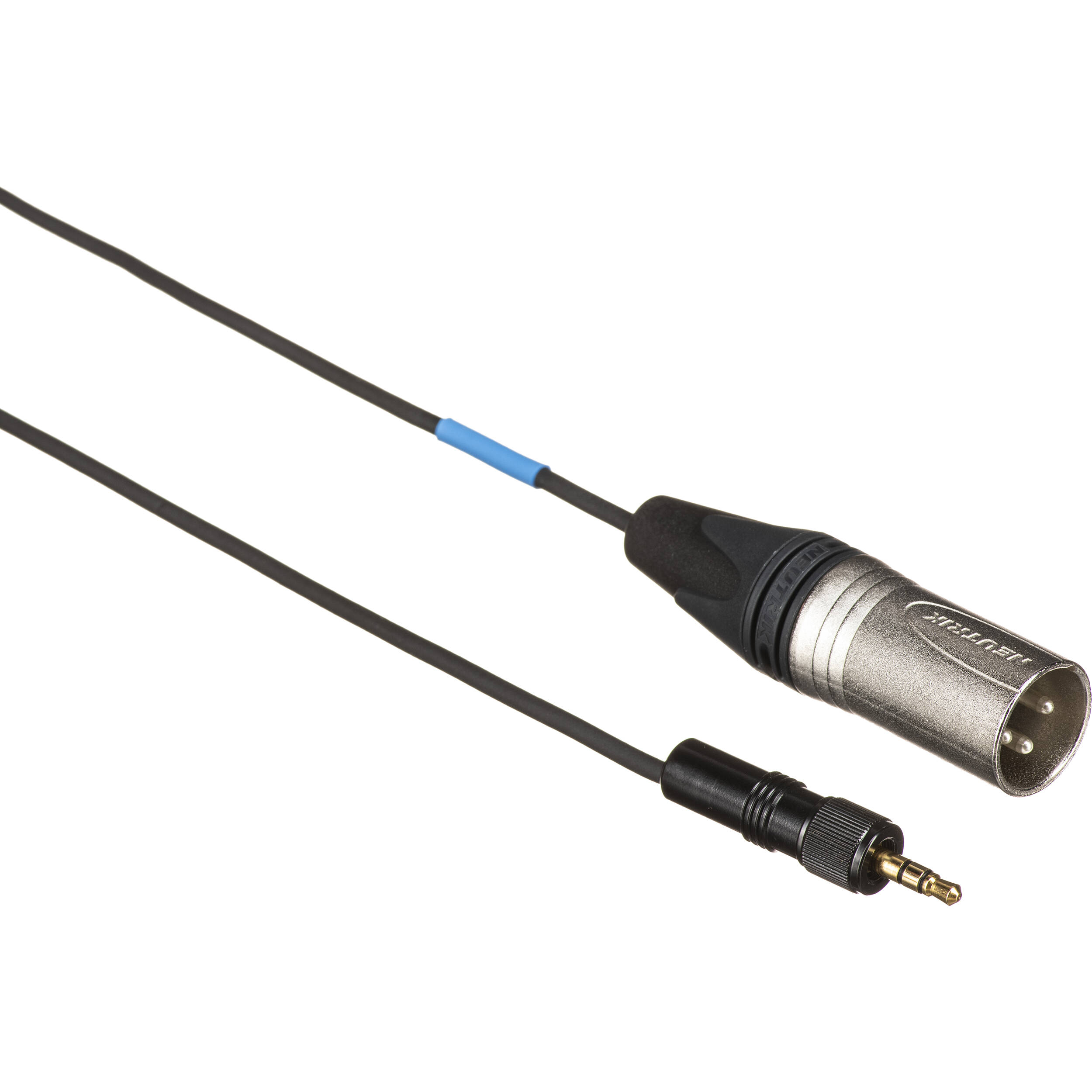-
Free Diferencia Entre Pigtail Y Patch Cord Programs카테고리 없음 2020. 3. 18. 23:39
Patch cords are electrical or optical cables used to connect one electronic or optical device to another for signal routing. Different types of devices can be connected via patch cords. The cords are produced in different colors so that they are easily distinguishable and they range in length between 3 inches and 20 feet.Different types of patch cords include headphone extension cables, microphone cables, tiny telephone connectors, XLR connectors and thick cords that carry video or amplified signals. Ethernet patch cables are a type of patch cable common to everyday computer users as they are used to build home computer networks. These cables are designed using standard sheathing to make them both durable and pliable. Crossover cables are specific Ethernet patch cables that directly connect two computers.
Cat 6 capable of 10GB for 50 MCat6E capable of 10GB for 100 MetersCategory 6The mainstream adoption of Gigabit Ethernet (1000BASE-T) required new industry-standard cables capable of transmitting at a higher frequency of 250 MHz. Category 6 cable uses thicker-gauge wire, increased shielding, and more pair twists per inch to reduce signal noise and interference. The tighter specifications guarantee that 100-meter runs of Category 6 are capable of 1000 Mbit/s transfer speeds. 10-Gigabit Ethernet speeds are achievable when reducing cable lengths to less than 50 meters.Category 6eCategory 6 Enhanced (6e) is an augmented specification designed to double transmission frequency to 500 MHz.
Free Diferencia Entre Pigtail Y Patch Cord Programs Near Me
By wrapping Category 6e in grounded foil shielding, full 10-Gigabit Ethernet speeds can be reached without sacrificing the max cable length of 100 meters. The mainstream adoption of Gigabit Ethernet (1000BASE-T) required new industry-standard cables capable of transmitting at a higher frequency of 250 MHz. Category 6 cable uses thicker-gauge wire, increased shielding, and more pair twists per inch to reduce signal noise and interference. The tighter specifications guarantee that 100-meter runs of Category 6 are capable of 1000 Mbit/s transfer speeds.
10-Gigabit Ethernet speeds are achievable when reducing cable lengths to less than 50 meters.Category 6e. Bit late to the show here but Cat6e is a non-entity. It is not a ratified type of cable, and while vendors push it and say it is capable of more than 6, it falls short of the actually specified cabling type of cat6a.
Also, if you are only running voip over data cable, 6 or 6a is massive over kill. 5e will do the job with 98% data carrying capacity still spare on that cable.This:Category 6 Enhanced (6e) is an augmented specification designed to double transmission frequency to 500 MHz. By wrapping Category 6e in grounded foil shielding, full 10-Gigabit Ethernet speeds can be reached without sacrificing the max cable length of 100 meters.is a cut and paste from many other websites which are also slightly misguided. Don't get me wrong if the stats are correct (remember it is not standerdised therefore the manufacturers don't really give a monkies about the truth in their numbers) then it will do 10G over 100m, but if anyone here can tell me who actually NEEDs that today, or in 5 or 10 years in an office, I will eat my hat.
I don't own one, but I will go out and buy one, just to eat it. FatnGristle wrote:Hi,The problem I'm facing is that I have longer runs, indoor office plenum, and 100m isn't long enough, I need an extra 20 or so.
Assuming I can get Cat6e that's close to the supposed spec, will it extend the length to acheive Gigabit performance?or does 100m hit a signal loss issue?Thanks,BrianI had the same issue, 1 building with 2 offices over 100m apart. I decided on using fiber between 2 gigabit switches. You can do a build out from those at each end. Beings your fiber has more than one pair and if you get the correct switches, you can easily create another VLAN specifically for streaming data or a guest network or whatever fits your needs.Also, Cat5e works for me just fine. I don't know, it seems kind of foolish to run anything but cat6e if you're doing a new build.

Running the highest quality gives a bit of future insurance IMHO. I'm faced with rewiring the entire building, because the person before me ran unshielded cat5e to save a few bucks, and I have interference issues throughout the network. It might be somewhat overkill today, but who knows what's going to happen when 10gbps becomes the standard 5-10 years from now. I was amazed at what changing simple patch cables from the wall to computers did for signal integrity.I'm going cat6e all the way, including patch cables, outlets and patch panels. My entire network will be ground shielded, and 10gb ready, and I'll never have to worry about EMI.My opinon of course, but why skimp?

It's not a significant cost difference compared to running new lines down the road, or chasing network problems. Run the best, and you know the network problem most likely isn't going to be in the cable, it's going to be in the hardware or software. Much easier trouble shooting down the road when you can rule out a potential source of problems. The is no such thing as Cat6e. Cat6e was marketing ploy used by a few cable distributors / manufacturers to hype the fact they thought their Cat6 was better than others on the market. Cat6e also does not mean that the cable is shielded as mentioned above.What you are looking for is Cat6A shielded system. Cat6A is 10gig.
That means the cable is designated as F/UTP. The four pairs of cable will be surrounded by a foild shield. The individual pairs are not.I would be very careful when choosing a Cat6A cabling system. We have tested quite a few different manufaqcturer's Cat6A patch cables. Both US and offshore brands. The majority failed. Some did not even pass the Cat6 specification.